Two of the loveliest films I’ve seen in a long time are THE MERMAID (1965, Hong Kong) and THE LITTLE MERMAID (1975, Japan), which I watched a day apart. It was my very first viewing of THE MERMAID, a Shaw Bros. Huangmei Opera, while I’d previously seen THE LITTLE MERMAID, a Japanese animated film, only in a poor-quality, severely cropped English dub on VHS. Seeing the widescreen version on DVD, in Japanese with English subtitles, was like seeing it for the first time. The two films have some elements in common, although I’m not sure if the Hong Kong film was inspired by the Hans Christian Andersen tale or by a much older Chinese folk tale. I’m guessing that the screenwriter drew on elements of both. The title mermaid in the Hong Kong film is not, technically, a mermaid as we’ve come to know this creature. Instead, she’s the spirit of a golden carp, a fish living in the pond adjacent to a garden in a Prime Minister’s villa in Old China. The carp takes on full human form, while retaining her magical powers, in order to console a poor scholar who’s been shunned by the family of the maiden to whom he was betrothed. The animated Japanese film is a direct adaptation of Andersen’s tale about a mermaid who trades in her fish tail for a pair of legs in order to live on land and try to win the favor of a prince and was made in 1975 to commemorate the centennial of Andersen’s death. Unlike the later Disney adaptation of the same title (1989), the anime version retains the tragic ending of the original story.
THE MERMAID (1965)
I’ve seen many Shaw Bros. Huangmei Operas, a musical form in which much of the dialogue is sung and a chorus provides key narration, but THE MERMAID boasts a lighter and more playful touch than most, thanks to its elements of fantasy and comedy. Actress Ivy Ling Po, one of the greatest of Shaw Bros. stars, plays a poor male scholar named Zhang Zhen who arrives at the residence of the Prime Minister Jin (Yang Chih-Ching), fully expecting to marry Jin’s daughter, to whom he’s been betrothed since birth. Jin, seeing the humble, somewhat shabby young man and thinking his haughty, entitled daughter, Peony (Li Ching), deserves better, shunts Zhang off to an abandoned study on the property to spend a year preparing for the Imperial Exam, in the hopes of attaining an official position and being worthy of Peony. As poor Zhang studies in vain, he steps onto the patio outside his room to sing of his despair to the golden carp swimming in the pond below.
The carp, having watched Peony diligently over the years, takes on her exact form. As the four seasons pass, the carp is impressed with the depth of Zhang’s feelings and and appears to him one night, giving him great hope that his intended bride finally has mutual feelings for him.
The two begin an idyllic love affair, which nearly comes to a halt one night when Zhang mistakes the real Peony for his lover and behaves so familiarly with her that she calls her parents who are furious with Zhang for forgetting his place and banish him from the dwelling. Angry at Peony for seemingly betraying him, Zhang rejects the carp spirit when she next appears to him, only to relent when she persuades him that she’s left home to run away with him. The two stop in town to enjoy a festival and parade and even sing a duet designed as a running commentary on the parade.
As they inadvertently pass the reviewing stand, the Prime Minister spots them and is outraged, ordering his men to take them back to the house. Once at the villa, the carp spirit is confronted by the real Peony for the first time. With great guile, the carp spirit plays up to the parents and insists that she’s the real Peony.
With confusion reigning, Jin calls on the infamous Judge Bao (Ching Miao) and his “anti-evil” sword to straighten things out. But before court can come to session, the carp spirit calls on her undersea creature friends, including a tortoise, a crab, a prawn and a snail, to duplicate the judge and his staff and show up at court first. When the real Judge Bao arrives, he recognizes immediately that “evil spirits” are afoot, but is overruled by the Prime Minister who insists that both versions of Judge Bao hear the case. The court session is actually pretty funny.
Eventually, the frustrated Jin calls in an exorcist who invokes the Gods of Thunder and the Four Heavenly Gods who then take on the undersea creatures in a rousing battle (in a very deep pond!).
Only then does the Goddess of Mercy intervene, allowing the carp spirit to give up her powers in order to become fully human and join Zhang in the human world. (In THE LITTLE MERMAID, the mermaid gives up her fish tail, her voice and her powers in order to gain human legs and does so much earlier in the story.)
Everything is staged in a highly stylized, theatrical manner, especially when it comes to the lead actors’ movements and gestures. They sing a lot of their dialogue, as do some of the supporting characters, and convey important emotions and plot points in song. The music is quite beautiful and the singing is wonderful. Ivy Ling Po does her own singing, while the lead actress, Li Ching, who was all of 17 at the time, is dubbed by someone else. Yang Chi-Ching as the Prime Minister does his own singing in a piece of sung commentary during the festival scene and later joins the actress playing his wife, Ouyang Sha-Fei, in a sung confrontation with Zhang and the fake Peony, although it’s more of a sing-song spoken verse type of recital.
One of the high points of the film is the duet sung by the two leads during the festival, since it conveys so much information about the festival, but is also accompanied by highlights from the celebration itself and is gently interrupted for another duet by a pair of dancers in the parade playing a cowherd (described as “cowboy” in the subtitles) and “the spinning maid.” It’s all recreated with lavish detail on a studio soundstage and is one of the best festival scenes I’ve witnessed in one of these films. (I now wish I’d watched this film for this year’s Chinese New Year in addition to the Lion Dance films I did watch. THE MERMAID was, in fact, the Shaw studio’s Lunar New Year release for 1965.)
The set design is gorgeous and every shot in the film is beautiful. I was transported to another time and place and enjoyed every second I was there. While Zhang undergoes some hardships, he has the carp spirit’s love supporting him and a happy ending in the offing, not something one can say about many other Huangmei Operas.
Just compare this to Ling Po’s heartbreaking performance as the aggrieved scholar Liang Shan Bo in LOVE ETERNE (aka THE BUTTERFLY LOVERS, 1963).
In addition to the Andersen tale, THE MERMAID seems to be drawing on another popular Chinese folk tale for inspiration, “The Legend of the White Snake,” the basis for numerous films which were covered here in my 2013 Lunar New Year entry on the Year of the Snake. In that tale, the White and Green snake sisters transform into human form for romantic adventures with men they’ve fallen for. In HAKUJADEN (aka PANDA AND THE MAGIC SERPENT, 1958), a Japanese animated version of this tale, there is no Green sister but instead a maid for White Snake who is actually a fish spirit like the one in THE MERMAID. In a much later film, THE SORCERER AND THE WHITE SNAKE (2011), there is a scene where White Snake’s animal friends take on human form to be her family to fool the young man she’s taken as a lover. In the White Snake films and THE MERMAID, the one who takes human form does so after a millennium in training.
The director of THE MERMAID, Kao Li, worked for Shaw Bros. from 1961 to 1967 and made eight films for the studio, most of them being other Huangmei Operas that I have in my collection but have yet to see. Hopefully, I will catch up on these in the near future.
In 2016, Stephen Chow directed a live-action film called THE MERMAID that was a pretty big hit worldwide. I haven’t seen it, but the plot descriptions I’ve read don’t indicate any connection to the 1965 film.
THE LITTLE MERMAID (1975)
THE LITTLE MERMAID may not have the same happy conclusion for its pair of lovers, but it is an equally beautiful film, with one breathtaking image after another in its 68-minute running time. It was one of many animated features made by the Toei Animation studio during its first three decades that were based on classic western fairy tales and literary works. This was a film that found its way onto home video in the U.S. in the 1980s in a very poor transfer that cropped off parts on all four sides of the image, making for a very cramped-looking mermaid. Just look at these comparison shots from the VHS and the DVD:
Yet the cropped version was the one shown to thousands of kids (including my daughter) back then. Toei has now made it available in the U.S. in a widescreen version with both English and Japanese language soundtracks and English subtitles for the latter. What a revelation.
The storyline is, of course, familiar to millions, thanks to the 1989 Disney version and the two adaptations do share some elements not evident in Andersen’s original tale. Just as Disney’s Ariel had undersea creature companions who spoke to her and accompanied her everywhere, so too does Marina, in the Japanese version, have an undersea companion, a little talking dolphin named Fritz, who is with Marina when she rescues a Prince from a sinking ship during a storm at sea and takes him ashore where he is found by a group of girls after Marina has taken the first steps to revive him. Fritz accompanies her to the lair of the Sea Witch and helps her negotiate the many perils blocking the way, as Marina seeks the evil witch’s aid in her planned transformation. Later, after she’s gotten her legs and lost her voice, Fritz visits her regularly by the seashore of the kingdom. Late in the film, after Marina’s five sisters have made a bargain with the Sea Witch that will give Marina a way to save herself from the unfortunate bargain she has made, but only if she will stab the Prince in the heart after he’s married another girl, it’s Fritz who issues heartbreaking cries of Marina’s name after Marina decides to sacrifice herself for the prince’s happiness. (In THE MERMAID, the carp spirit has undersea friends who come to her aid as well.)
There are moments of great suspense throughout the film, beginning with the storm created by the Sea Witch that wrecks the Prince’s ship and would certainly drown him had not Marina searched desperately for him and, finding him sinking, rescued him from the depths of the sea and took him to shore. Later, the journey to the Sea Witch involves encounters with terrifying sea monsters, including a series of jagged, thorny, voracious “polyps,” tentacles seeking to wrap around Marina and suck the life out of her. Only Fritz’s aggressive actions save her.
Still later, the Prince takes Marina out riding on a horse for the first time and challenges her to a race through the forest. (This is the first time she’s ever been on a horse, so it comes off as a tad reckless on the part of the Prince.) A treacherous talking cat from the palace, Gemmy, distrustful of Marina and perhaps suspicious of her origins, causes the horse to bolt, throwing Marina off and leaving her to the attentions of a pack of hungry wolves. It’s pretty damned scary and Marina seems done for until the Prince, alarmed when he sees no sign of her, turns around and races back and whips out his bow-and-arrow and sword to make short work of the wolves.
The biggest danger awaiting Marina, however, is the insistence of the King and Queen that the Prince marry the Princess of an adjoining kingdom. As the Sea Witch decreed, if Marina doesn’t win the Prince’s love and marry him herself, she will die on the morning after his wedding, transforming into sea bubbles with the first light of dawn. When the Princess turns out to be the beautiful brunette who found the Prince on the beach after Marina had fled into the sea upon the approach of the girls, meaning that she was the first face the Prince saw upon fully awakening, the Prince is eager to marry her. (He had briefly glimpsed Marina while in a dazed, semi-conscious state.)
This comes, of course, after the Prince had found the now-mute Marina nude on the beach and brought her into his home and bonded with her over music—she plays a lovely harp—and walks by the sea. It seems like an idyllic romance in the making—until the intervention of his parents.
The finale is quite moving and suspenseful in its own right. The viewer can’t help wishing, even if one knows the outcome already, that Marina will listen to the pleas of Fritz and her sisters and do what’s necessary to save herself. She comes close, standing over the Prince in his bed at night and raising the dagger only to realize that she can’t do it, that his happiness means more to her than her own life. She then heads up on deck to await the rising sun and drop into the water to begin the process. It’s all laid out in breathtaking detail, a sad, heart-wrenching, melancholy, yet lyrical spectacle.
There are two beautiful songs in the film, a song during the opening credits entitled “Akogare” (Yearning) and a song sung twice in the film by Marina, “Matteita Hito” (The One I’ve Waited for). In both, Marina expresses her longing for love, specifically the man she believes to be the living embodiment of the statue she’s found in an undersea shipwreck.
Here are the main lyrics of the song performed during the credits:
“Who is that calling out to me from in the sunlight
When I hear your voice my small chest trembles
You set afloat hope for tomorrow in the waves of my heart
The one I long for (the one I yearn for)
I’m sure we’ll meet every night
I’m certain you’re the person of my dreams”
And here are some of the lyrics from “The One I’ve Waited For”:
“I’ve been waiting for you since the day I was born
You taught me the meaning of happiness
Even if a sorrowful parting were to come
I would never forget my love for you
Or the white pearl that disappeared between the waves
Without love, one is all alone
No matter who you are with, you would be all alone”
Marina wants to experience love, no matter what sorrow it might bring. Contrast this with Ariel’s signature song in the 1989 Disney version, “Part of Your World.” She never mentions another person, not even the prince she winds up with. The line actually heard in the song in its first performance in the film is “part of that world,” never “part of your world.” It’s an expression of her curiosity about the surface world and her desire to experience the sensations to be found there. She sings about all the surface objects she’s collected from sunken ships and then adds, “No big deal, I want more.” One can argue that it’s a song about self-empowerment and an urge to transcend the circumstances of her birth and her place under the sea. But it’s all about her, at least in this rendition of the song in this phase of the film. Nothing wrong with that, but you can see the contrast between the two heroines. Marina’s in love with the idea of love, while Ariel is all about self-love. Given the nature of Ariel’s naked ambition, it’s a safe bet there would be no tragic ending in the Disney version. And certainly the female empowerment message would find a much more receptive audience in 1989 America than the “all for love” sentiments and self-sacrifice found in the 1975 anime version.
(To be fair to Ariel, I sought opinion from my daughter who sent me this comment:
“Part of Your World” is Ariel’s “I Want” song. They’re in almost every Disney musical, the song where the protagonist expresses a desire for more. It’s what kicks off the journey and adventure, and gives a sense of the longing the character starts the story with.”)
The director of THE LITTLE MERMAID, Tomoharu Katsumata, worked on many important anime series from the 1960s to the 1980s, including “Magical Witch Sally,” “Devilman,” “Mazinger Z,” “Cutie Honey,” “Grandizer,” “Gaiking,” “Fist of the North Star,” and “Saint Seiya,” as well as directing the Captain Harlock anime feature, ARCADIA OF MY YOUTH (1982) and the historical epic of ancient China, GREAT CONQUEST: THE ROMANCE OF THREE KINGDOMS (1992).
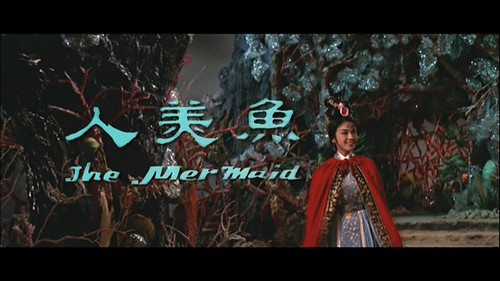
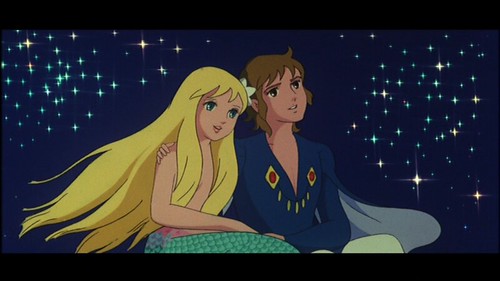
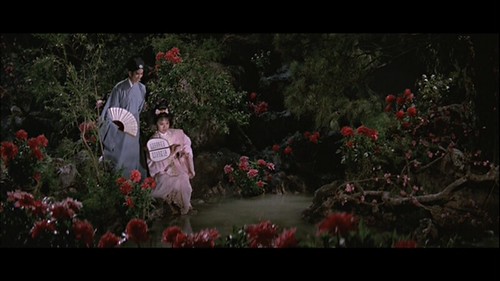
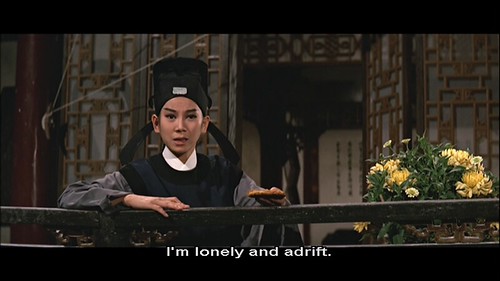




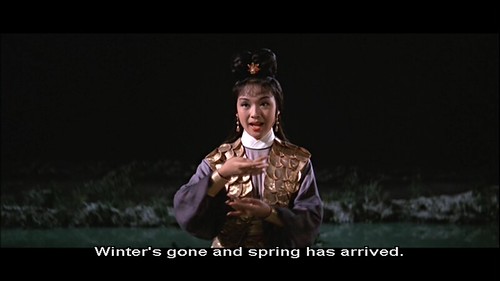
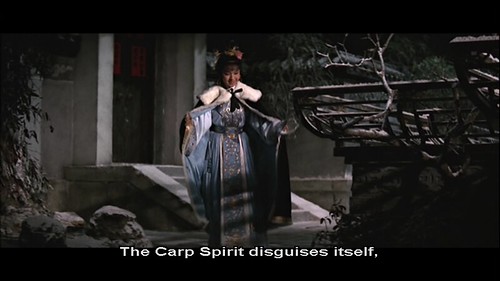


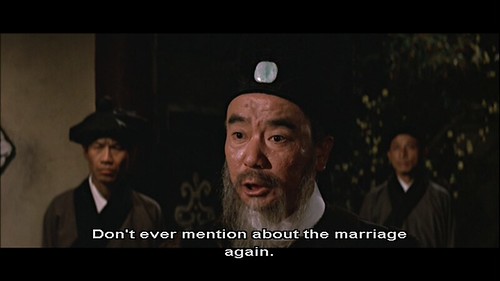

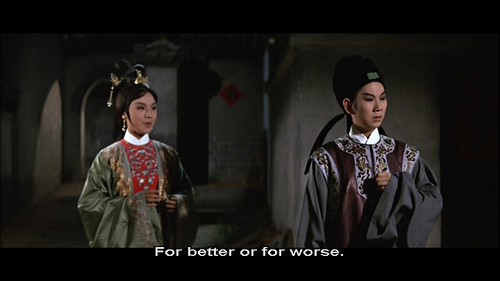
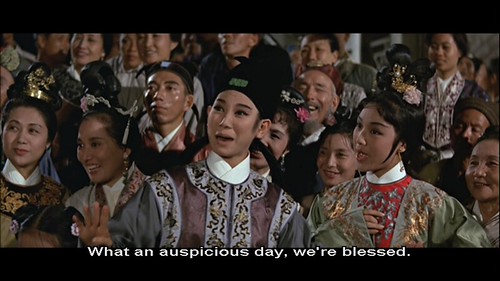

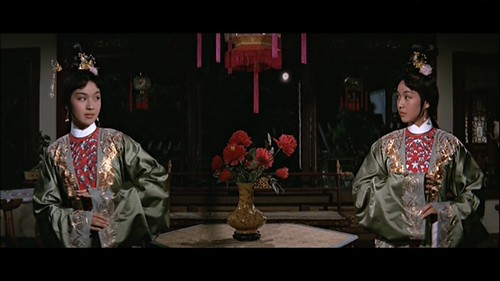

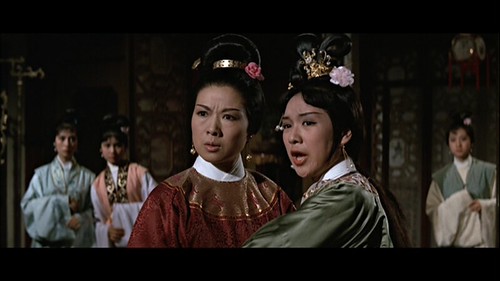
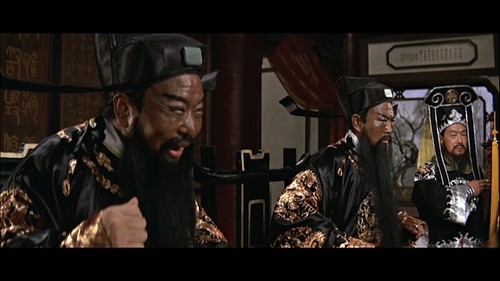

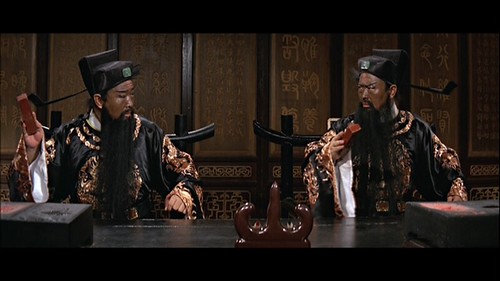


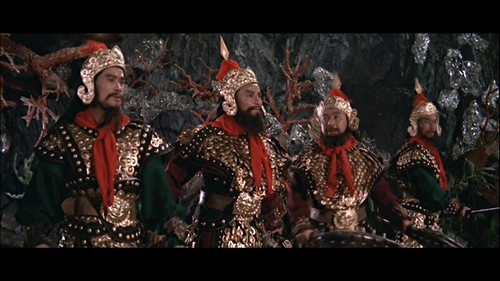
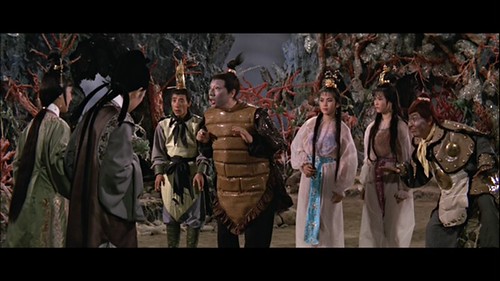



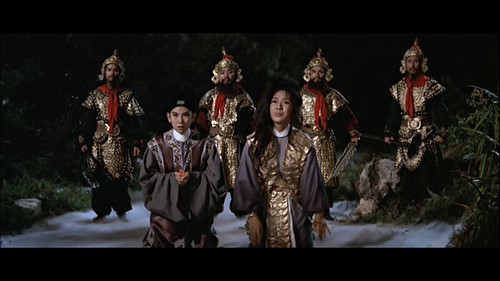
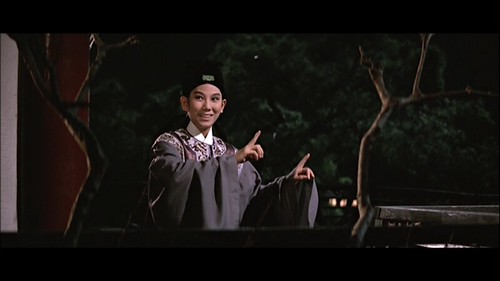
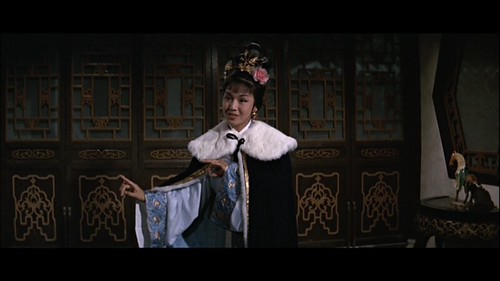

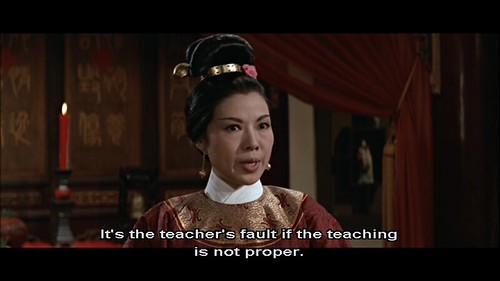


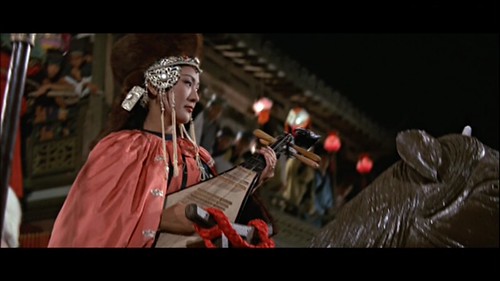

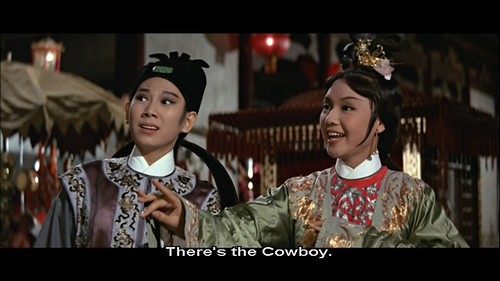
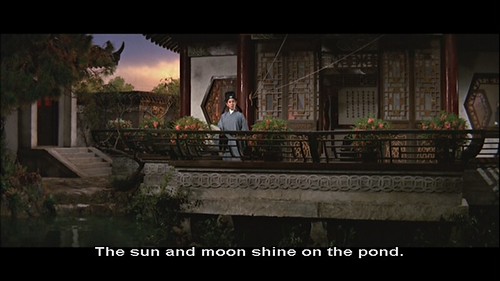

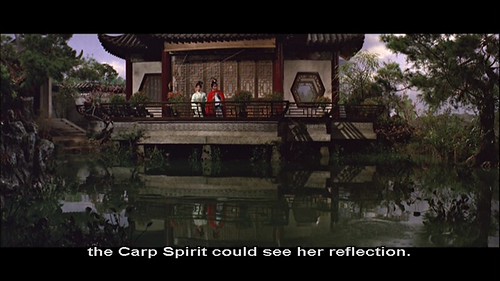


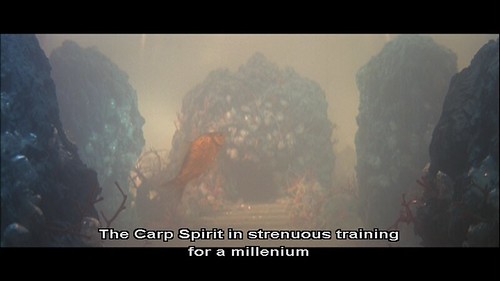
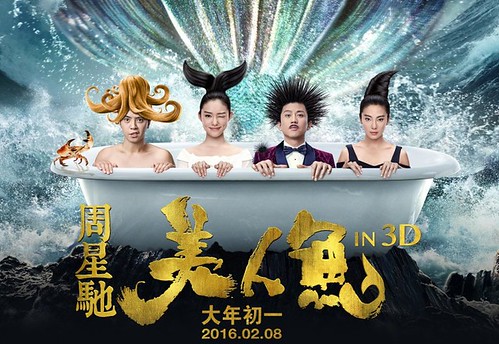
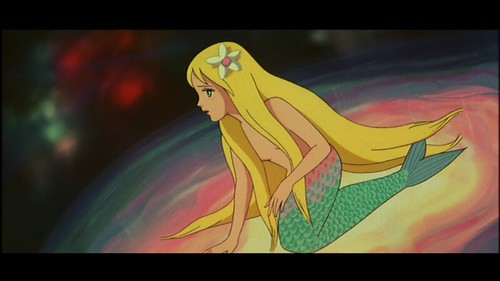

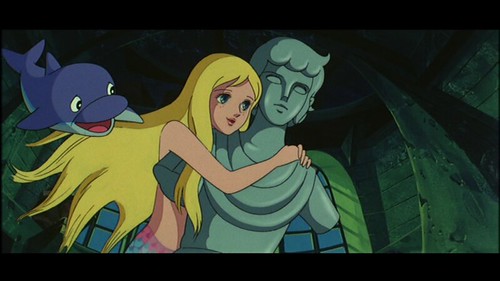
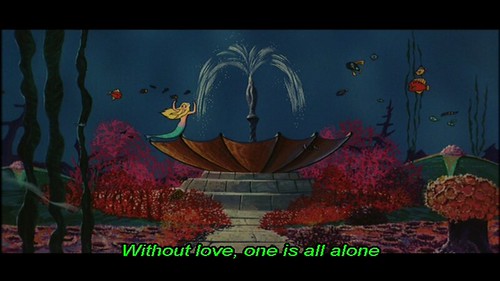
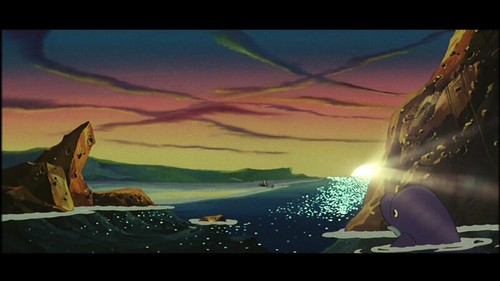


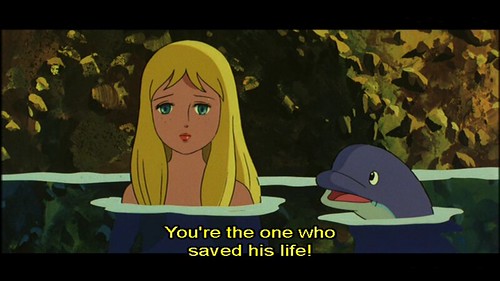
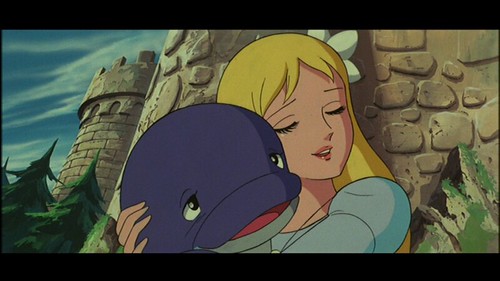



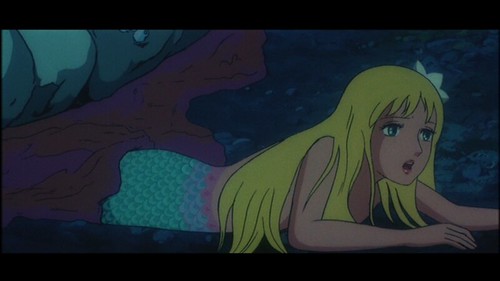

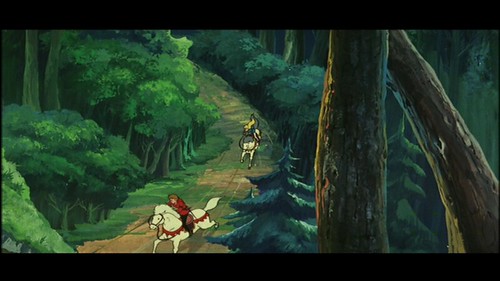

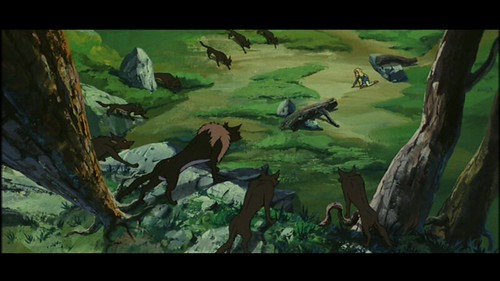
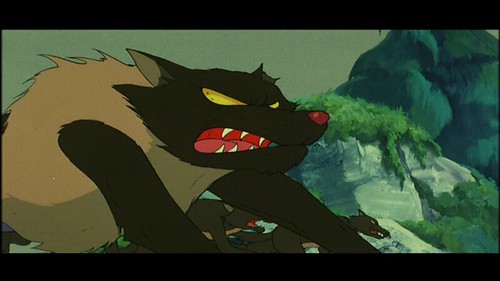
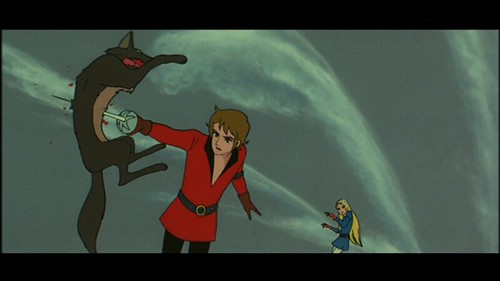
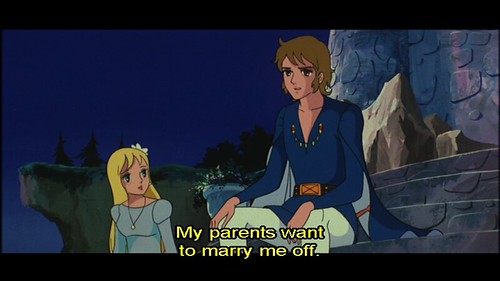
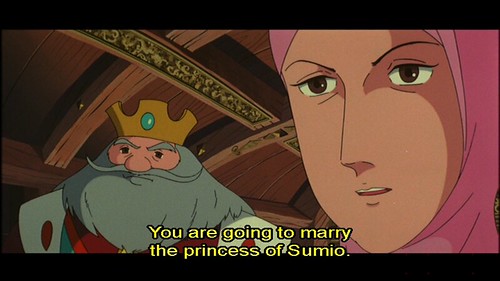
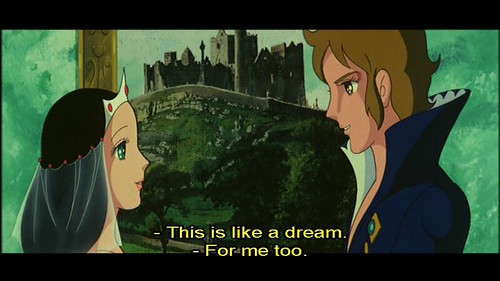
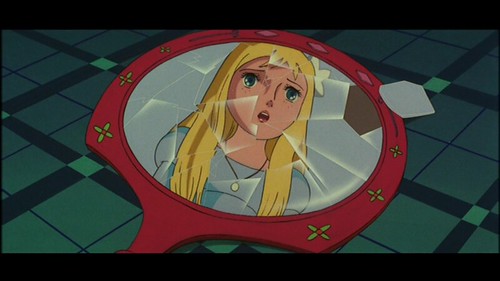






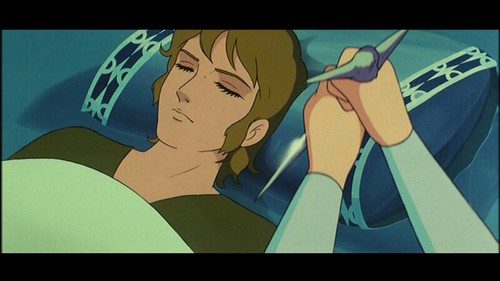
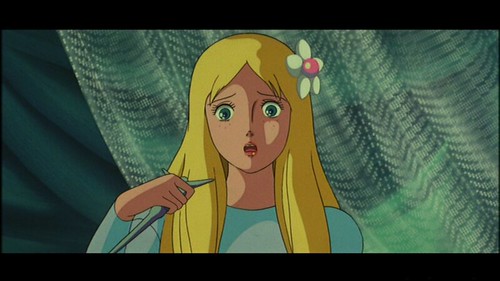
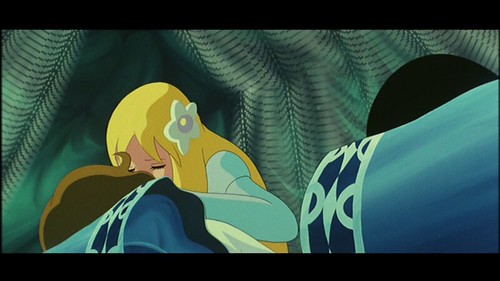



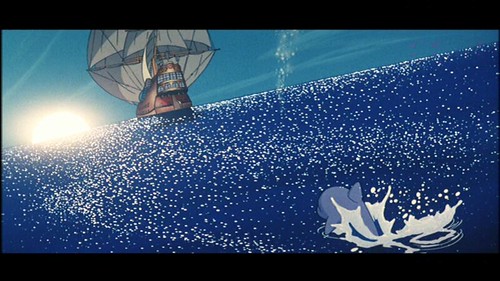

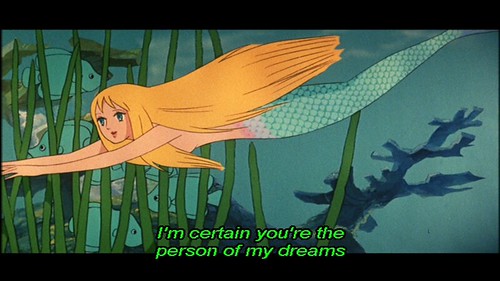
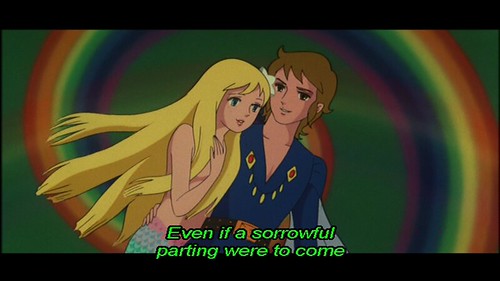
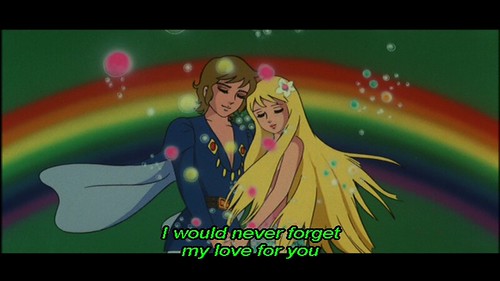
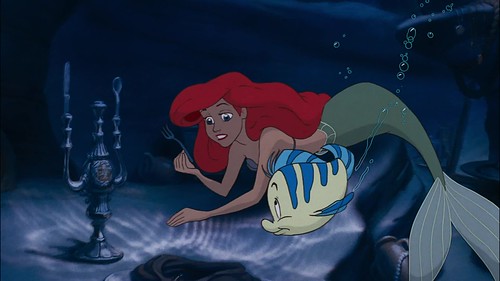
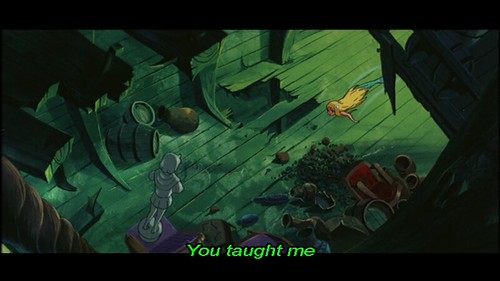



So is Ivy Ling Po a female playing the scholar? Because in the blog you say Ivy Ling Po sang her own songs.
Yes, Ivy Ling Po is an actress and she played many male roles in film versions of Huangmei Operas, as did other actresses of the era. In fact, I prefer Ivy in the male roles over any of the actors at Shaw Bros. back then.
Great write-up! Marina captivated me as a child, and like most children I watched her on the severely cropped VHS version. As an adult, finding the widescreen DVD, I was amazed at the true detail Toei put into the backgrounds and animation. Sound quality improves as well!
Oh I would pay to get my hands on the soundtrack to this movie! The instrumentals, I mean, not just Marina’s song.
Anyway, I just love that my favorite movie from childhood is still being talked about online, it’s such an obscure treasure, and even as an adult it captures my attention, it’s like a spell was put over me all those years ago and I just love this movie to death.
Thanks for doing it justice
Shaw Brothers’ “The Mermaid” is based on Yulan Ji: https://en.wikipedia.org/wiki/Yulan_Ji